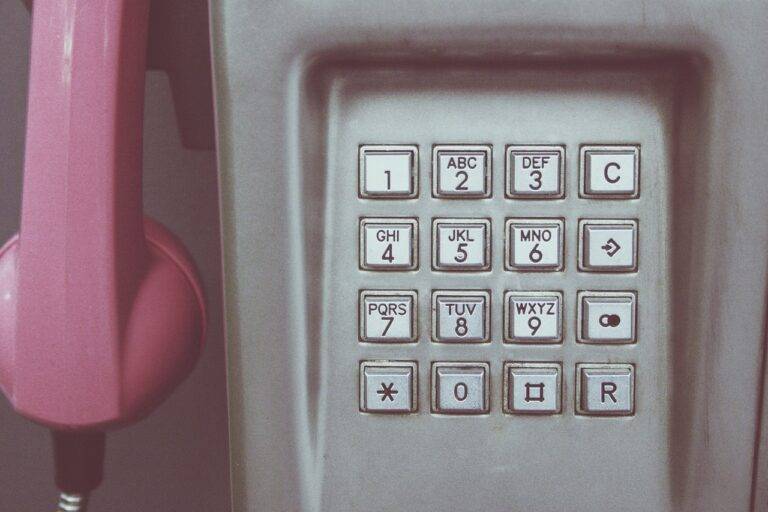Blockchain and Digital Identity: Securing Personal Information
In a digitized world, the safeguarding of personal information is paramount. With the prolific increase in cyber threats and data breaches, protecting sensitive data has become a pressing concern for individuals and organizations alike. From financial details to personal identifiers, the ramifications of a security breach can be far-reaching and devastating.
Ensuring the confidentiality and integrity of personal information is not just a matter of compliance with regulations; it is a fundamental aspect of trust in the digital age. When data falls into the wrong hands, it can lead to identity theft, financial fraud, and even reputational damage. Therefore, individuals must remain vigilant and proactive in safeguarding their personal information to mitigate the risks of cyber threats.
Understanding the Vulnerabilities of Traditional Identity Systems
Traditional identity systems, such as using personal identification numbers and physical documents for verification, are susceptible to various vulnerabilities. The reliance on static information like social security numbers or driver’s license numbers makes it easier for malicious actors to steal identities through data breaches or phishing scams. This static information is often stored in centralized databases, creating a single point of failure for potential cyberattacks.
Moreover, the use of traditional identity systems is often fragmented across various institutions and services, leading to inconsistencies in the way personal information is verified and stored. This lack of standardization makes it challenging to detect fraudulent activities or unauthorized access to sensitive data. Additionally, these systems often lack robust security measures, making it easier for cybercriminals to exploit loopholes and gain unauthorized access to personal information.
Why is it important to protect personal information?
Protecting personal information is crucial to prevent identity theft, fraud, and other cybercrimes. Personal information can be used by malicious actors to access sensitive data and exploit individuals.
What are some common vulnerabilities of traditional identity systems?
Traditional identity systems, such as username/password combinations, are vulnerable to phishing attacks, data breaches, and password cracking techniques. These systems often lack robust security measures to protect against sophisticated cyber threats.
How can individuals protect themselves from identity theft and fraud?
Individuals can protect themselves from identity theft and fraud by using strong and unique passwords, enabling two-factor authentication, being cautious of phishing attempts, and regularly monitoring their financial accounts for any suspicious activity.
What are some alternatives to traditional identity systems?
Some alternatives to traditional identity systems include biometric authentication, such as fingerprint or facial recognition, and blockchain technology for secure and decentralized identity management. These technologies offer enhanced security and privacy protections compared to traditional systems.





